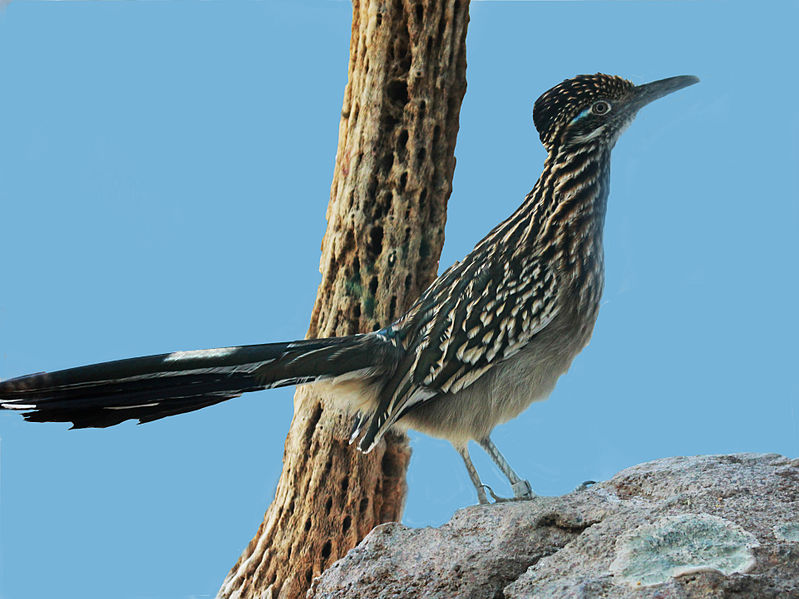You guys will have to forgive me: I didn't post how many days
it was until Autumn began and Elephant Appreciation Day. In fact, I had
forgotten about fall until someone at church pointed it out! I can't believe
the summer's gone already! Depending on where you are in the world, you'll see
birds migrating south for the winter, leaves changing colors and eventually
falling to the ground, shorter days and perhaps even snow. Here in the part of
Utah where I live though, the only change I'm going to expect is a reduce in
temperature. The days are also getting shorter. I can't believe fall is here
already! I mean, soon we'll be singing Christmas songs! (Actually, I'm already
seeing Christmas commercials and movies on TV!). Anyway, before any more time
passes, let's get started! Today, I decided to post a fall-related video from
the television show Phineas and Ferb. Technically, in this episode,
Phineas and Ferb create S'fall. You can watch it below:
Days till:
It is: 17 days till Columbus Day
It is: 35 days till Harvest Day, aka “Halloween”
It is: 46 days till Veterans Day
In the Spotlight:
I've got several goodies this week
about the upcoming movie Jurassic World, the fourth Jurassic Park
movie. After a few weeks of practically no updates, a rumor has sprouted that
that we'll be seeing the first trailer for JW this November!!! You might
recall that earlier this year, many JP fans were speculating that we'd
be seeing some footage at San Diego Comic-Con. Unfortunately, none was
shown. However, Boxoffice Forums speculates that we'll be seeing some
footage at the November premiere of the Legendary Pictures film Interstellar.
Though it was believed by some that we might get a JW trailer at the
premiere of two later upcoming movies – The
Hunger Games Mockingjay Part 1 and Dumb and Dumber 2 – a JW
trailer at the Interstellar premiere makes loads of sense considering Legendary
Pictures is doing both this movie and JW. However, this doesn't rule
out the possibility of JW trailers being shown during the two other
movies I mentioned. Interstellar is coming into theaters on November 7th,
so hopefully, we'll finally be able to see the first trailer of Jurassic
World!
In additional news, director of Jurassic
World, Colin Trevorrow posted another picture from Jurassic World
that perfectly reflects the movie itself and the time of year we're entering
now. This is the picture he posted with the word “Autumn” in the description:
 |
| Laying forgotten amid the leaflitter is the East Dock sign from Jurassic Park. Will it return in Jurassic World? |
Does this sign lying amid the leaf
litter look familiar? It should if you've seen the first Jurassic Park
movie! This sign that's supposed to point in the direction of Isla Nublar's
East Dock was knocked over by Dennis Nedry's jeep in the first film. This could
suggest many different things. Perhaps this picture is just Trevorrow's way of
reminding us about the upcoming movie; maybe he's hinting at a trailer due to
be released in “Autumn.” Or perhaps this is actually from the movie! Some JP
fans have theorized that we'll see this sign in the state seen in Trevorrow's
picture in the film. It is believed that some of the film's characters will
encounter some of the original locations from the Jurassic Park movies
(e.g. the Visitor's Center). Perhaps this is from one of those scenes. If so, this would be the first time in the Jurassic Park movies that a location from previous movies is revisited It might
also be part of a flashback. Either way, it's a cool photo.
The update from Jurassic World that
I have for you all today is a picture apparently taken by Twitter user Brycenator100.
It reveals the inside of the new Visitor Center in the Jurassic World theme
park! Here it is below:
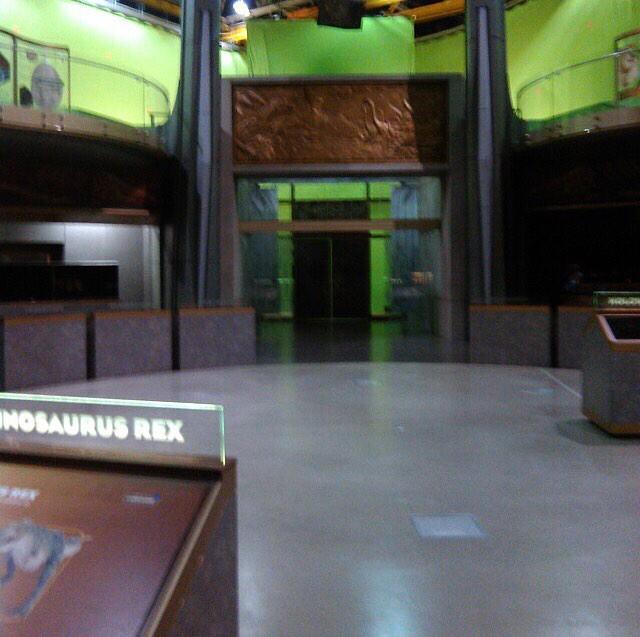 |
| Welcome to Jurassic Pa- Oops! I mean Jurassic World! |
So what can we gather from this
picture? Well, it appears to be rather similar to the Visitor Center from the
first film. However, it's going to be different in several ways. You might notice
the green wall in the background; this is likely for special effects, like
hologram images that are rumored to appear in the film. And in the foreground
of the picture, to the left, you can see an information panel labeled “...nosaurus
Rex”. I think we all know what the full word is. Of course, I can't be
sure, but I think that in the center of the platform in the middle of the
picture, we might have the skeleton of a Tyrannosaurus, like in the
first movie. Whatever happens, I can't wait to see this movie!
Topic of the Week by Christian Ryan
 |
| Meet Allosaurus fragilis, the Lion of the Jurassic |
Unless you are a paleontologist or dinosaur enthusiast, it's
unlikely that you will have heard of Allosaurus, or recognized it before
when you've seen it in various forms of dinosaur pop-culture. Even though this
dinosaur might look a little like a lesser-evolved T. rex at first glance, Allosaurus was jam-packed with its own unique
specially designed features and abilities that made it an awesome and efficient
killing-machine; it was intelligently designed to thrive in the habitat God
placed it in 6,000 years ago.
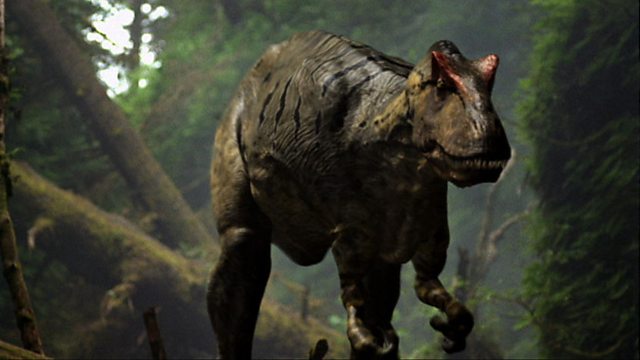 |
| Allosaurus was a very different dinosaur from Tyrannosaurus. |
So what is an Allosaurus? Well, first of all,
the name Allosaurus (meaning “different lizard”) is one of the largest
theropod dinosaurs of the Jurassic habitat; the “lion of the Jurassic”. The
average Allosaurus was 28 feet long and stood 8-10 feet from head to
toe. Despite its size however, the creature only weighed about 2 ½ tons. The
largest confirmed Allosaurus specimen ever found is 32 feet long. As you
will find out, life in the Jurassic was tough for an Allosaurus – the
prey they hunted was often either really fast, really well-armored or really
huge, (and I do mean really huge) and there was competition from other
predators for resources. Somehow though, fossil evidence shows us that Allosaurus
was the ultimate Jurassic survivor.
 |
| Size comparison between several Allosaurus specimens and an Epanterias and a human. |
Before we get into the behavior and ecology of this dinosaur,
let's learn some basics about its anatomy and the history of its discovery.
Allosaurus was discovered during the Bone Wars and was described
by paleontologist Charles Marsh in the year 1877. This dinosaur broke the
record for being the largest carnivorous dinosaur; the previous title-holder
was probably Megalosaurus, a carnivore about 20 feet long. It is
classified in the group Carnosauria, and inside of that group it is
assigned to the Allosauridae family. For a long time, Allosaurus
was portrayed as a creature very similar to T. rex, but smaller. If you have
mistook an Allosaurus for a T. rex sometime in the past, you're not
alone. Ray Harryhausen – one of the most important stop-motion creators of his
time – is quoted for saying,
“They're (T. rex and Allosaurus) both meat eaters, they're both tyrants... one was just a bit larger than the other.”
Nothing could be farther from the truth. Scientists continued
to portray Allosaurus as a dwarf T. rex for much of the 20th
century until some special discoveries were made in the Cleveland-Lloyd
Dinosaur Quarry in Emery County, Utah. Even though the site was described in
1945, major fossil hunting didn't start until 1960. Between the years 1960 and
1965, paleontologists discovered a treasure trove of dinosaur bones, mostly
from Allosaurus. In fact, it's estimated that they found at least 46
individuals of the Jurassic predator! This evidence seems to suggest something
catastrophic killed and rapidly buried the Allosaurus and other dinosaur
species found at the Cleveland-Lloyd Dinosaur Quarry, such as the Genesis
Flood. These findings helped us know a great deal more about Allosaurus.
It is thanks to these finds that we've been able to piece together the truth
about Allosaurus.
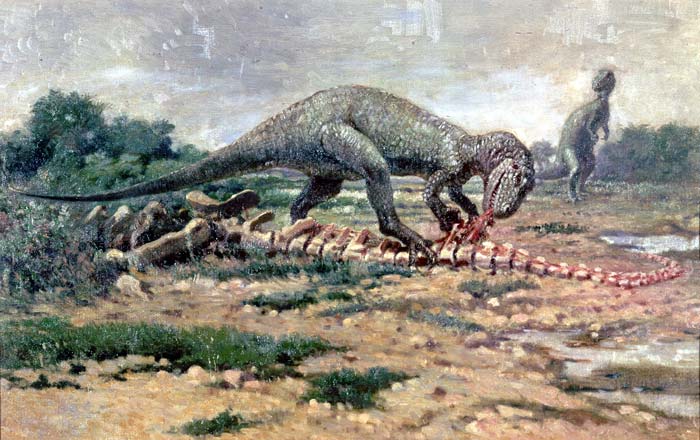 |
| For a long time, Allosaurus was assumed to be a slightly smaller version of a T. rex. |
Contrary to many depictions through much of the 20th
century, Allosaurus walked with its body held forward and its tail off
the ground. It wasn't a sluggish predator either; instead, it was fast and
agile. There are two, possibly three, known species of Allosaurus known
to science, Allosaurus fragilis (the type specimen),
Allosaurus europaeus and possibly Allosaurus jimmadseni, with
other potential species coming, going and being hotly debated over the years.
To keep it simple, I will stick to mostly talking about A. fragilis unless
otherwise specified. As its species name suggests, europeaus fossils
have been uncovered in Europe, Portugal to be precise. Jimmadseni
fossils have been found in Tanzania, Africa and A. fragilis
fossils are found in the western United States.
 |
| The yellow area represents the Morrison Formation; the dots represent where notable Allosaurus specimens have been discovered; plus marks represent the location of several Allosaurus fossil finds. |
Allosaurus fragilis was one of the apex predators of its
Jurassic domain, which is why it is sometimes nicknamed the “Lion of the
Jurassic”. The western United States where this dinosaur lived (represented by the Morrison Formation) were very different in the pre-Flood
Jurassic world than it is now. Instead of being a dry desert, these areas were
much more lush. Fossil evidence suggests that this area was filled with
river-lining forests of conifers and ferns, gallery forests and fern prairies.
Roaming these areas was a vast array of herbivorous dinosaurs, from the
diminutive and fleet-footed Dryosaurus and Othneilosaurus to the
large sauropods like Apatosaurus, Brachiosaurus, Camarasaurus
and Diplodocus. Other herbivores like the well-known Stegosaurus
also made their home here. With ample herbivores, there's no doubt that there
was a load of carnivores able to hunt many of them down, and Allosaurus
wasn't the only one. Ceratosaurus was a smaller carnivore that lived in
the region. Like Allosaurus, it had a crested head, but it might have
been more of an opportunist than the aforementioned carnivore, as fossil
evidence reveals it ate a wide variety of prey. Another carnivore Allosaurus
had to compete with was Torvosaurus – on average, this predator was
larger than Allosaurus and could have caused a major threat. In order
for these three carnivores to coexist, they must have filled different
ecological niches within their environment.
 |
| Torvosaurus was a major competitor of Allosaurus. In Europe, Allosaurus was smaller than this dinosaur. |
 |
| Ceratosaurus would always have to have been wary of Allosaurus, because it was smaller than the Lion of the Jurassic. |
But what's the point of living in a place with lots of prey
without the equipment to bring it down? Well, Allosaurus had just that!
As I've said before, this dinosaur was faster than Tyrannosaurus,
meaning it would have been able to chase after prey for a longer period of
time. Scientists predict Allosaurus could run up to 30 mph in short
bursts. This dinosaur was ready to bring down its prey once it was in range. Allosaurus'
jaws bore 4-inch teeth; each tooth was re-curved and serrated both front and
back, just like a steak knife. Like other theropods, the teeth are specially
designed to break and fall out quite often. This is because the teeth are
replaced continuously to always insure Allosaurus has a set of sharp
teeth ready for action. In addition to its teeth, Allosaurus also has a
set of three sharp claws on each hand.
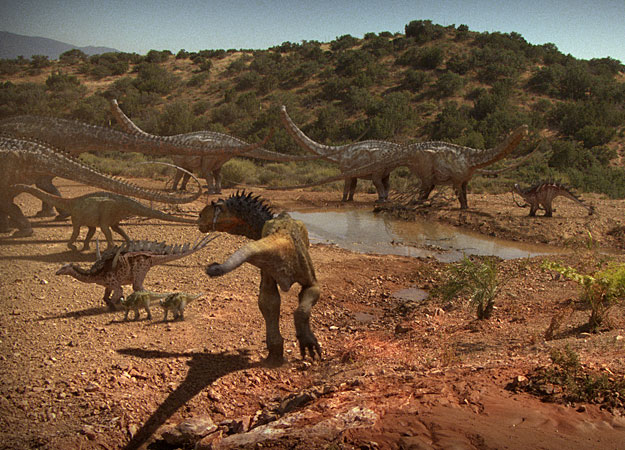 |
| Allosaurus had a lot of herbivorous dinosaurs to prey on. |
Now it's time for an Allosaurus to go on the hunt!
Even though studies reveal it likely had relatively poor hearing capabilities,
it seems that this dinosaur could hear low frequency sounds very well. This is
useful when tracking down herds of large dinosaurs that would have been making
low frequency noises with each footstep. A good sense of smell and a wide range
of vision would have helped it pinpoint the location of its target. When an Allosaurus
attacked, you can be sure that other dinosaurs would have been terrified! Once
close enough, Allosaurus would have put its claws and teeth to work.
Remember when I talked about this creature's teeth and how they are pointing
backwards? This is to ensure that the victim can't escape without suffering
devastating slash-like wounds. Scientists were curious about Allosaurus'
bite force. Surely an animal weighing 2 ½ tons has a bone-crushing bite, right?
After running tests, paleontologists were in for a surprise when their
calculations suggested this dinosaur had a bite force of 805-2,148 newtons!
This is less than a lion; in fact, it's rather on par with a leopard.
Ironically, Allosaurus' skull, the scientists found out, could withstand
great amounts of pressure that would be expected for a predator that's tackling
active prey.
| Allosaurus had a bite force weaker than a lion! |
However, Allosaurus didn't need a strong bite
to bring down prey! You see, Allosaurus had teeth designed for slicing
through flesh, unlike the bone-crunching Tyrannosaurus, and this
(combined with this dinosaur's bite force and skull design) suggests that it
actually used its head like an ax when attacking prey. It would probably latch
onto prey with its jaws and begin slashing flesh away with its teeth without
breaking the prey's bones. This way, after making enough devastating damage, Allosaurus
could take a step back and wait for the prey animal to succumb to its injuries,
suffering from a massive amount of blood loss and shock. Then Allosaurus
could go in to start the feast. Of course, it's likely Allosaurus could
have used other methods to bring down prey as well.
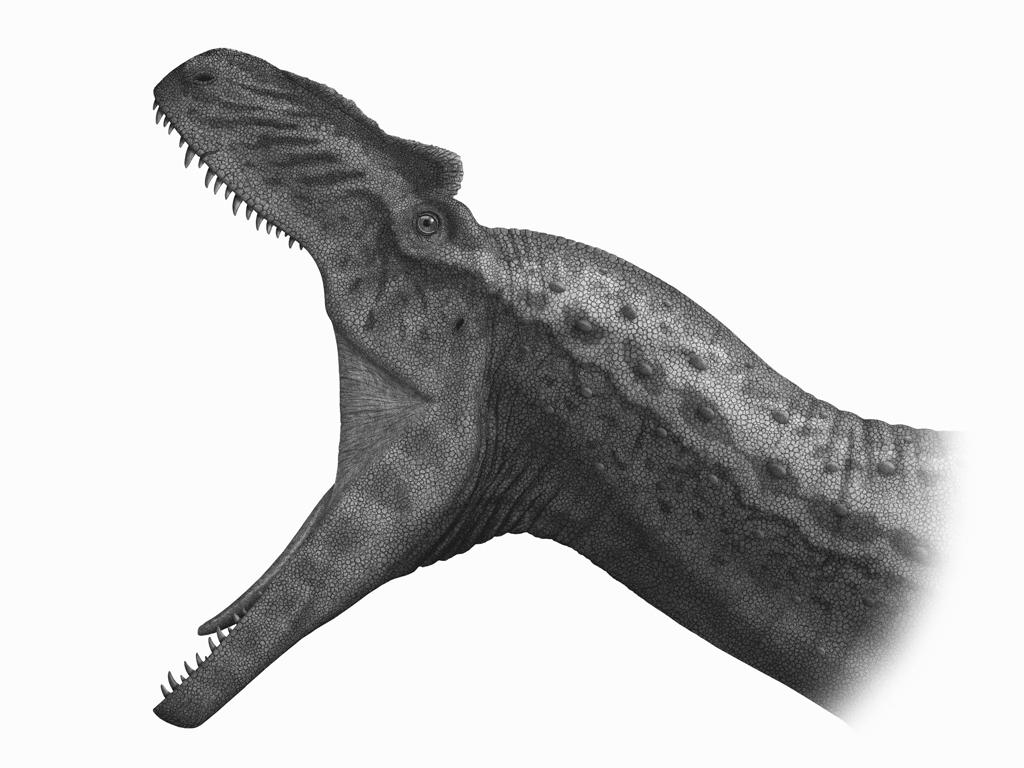 |
| Opening its jaws nice and wide, Allosaurus was able to cut deep wounds into prey by slashing into it with its teeth, sort of like an ax. |
Even using this technique, the 2 ½ ton Allosaurus would have no conceivable way of tackling the large adult sauropods. However, we have evidence that sauropods were at least scavenged upon by Allosaurus, as several sauropod fossils have gouges and bite marks caused by Allosaurus. But there might have been a way for these predators to tackle creatures like the 35-ton Apatosaurus – maybe they worked as a team. This way, only the largest adults could be safe from this predator. Evidence for pack-hunting in this species comes from fossil sites such as the Cleveland-Lloyd Quarry in which these dinosaurs have been found in the same location. As you might recall, several tens of allosaurs have been uncovered there, ranging from adults to youngsters. It's possible that during the Genesis Flood, several packs of Allosaurus would have become trapped on islands that formed as the Flood waters rose upon the earth as it describes in Genesis 7.
This is a good time to bring up Allosaurus' small horns on
top of its head. Paleontologists aren't sure what they were used for, but they
were likely covered in a horny sheath in life and brightly colored, perhaps to
attract mates or used in species recognition. Species recognition would have
been very important to these dinosaurs if they at least occasionally hunted in
packs.
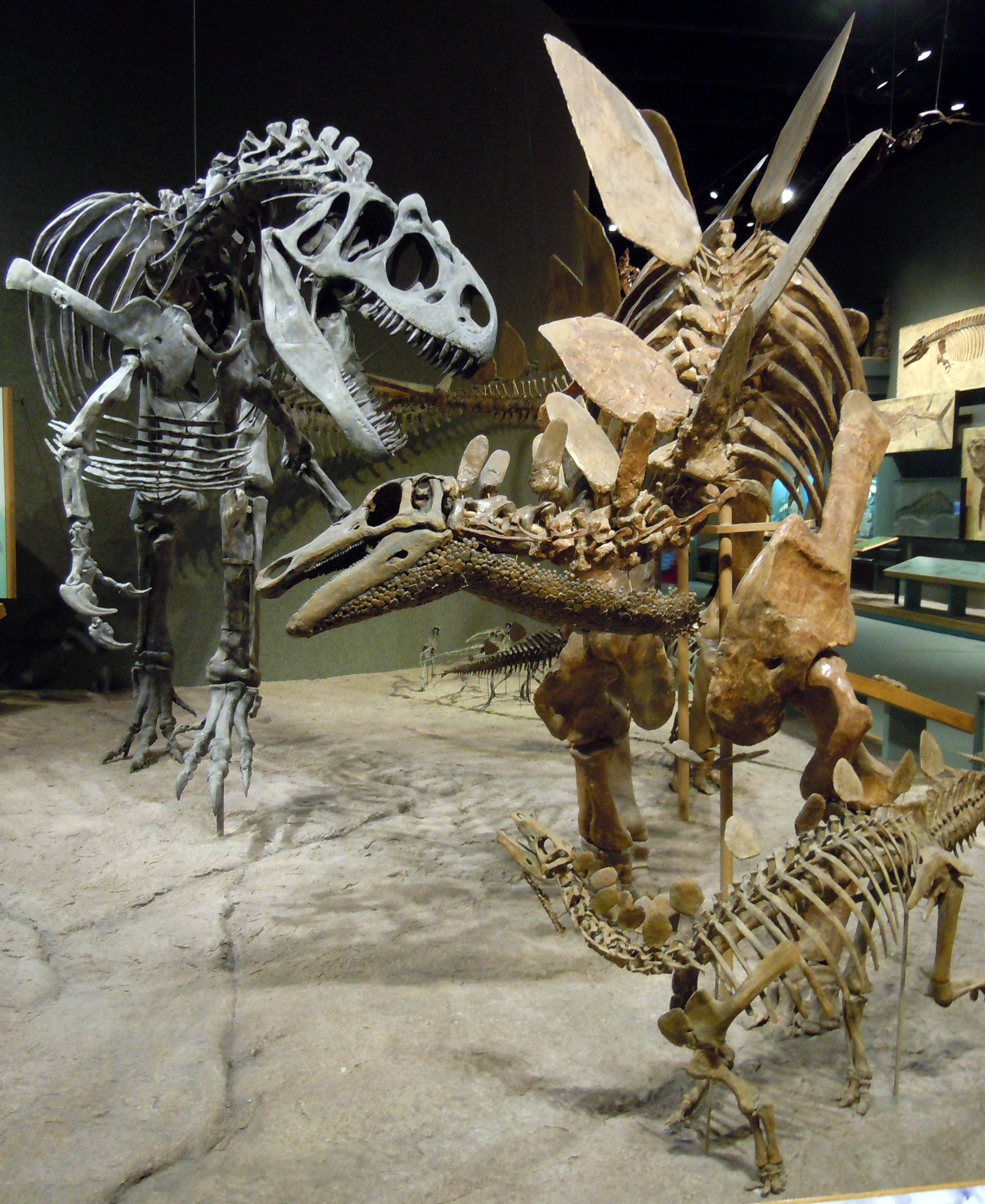 |
| An Allosaurus attacks a mother Stegosaurus and her young. |
As I mentioned before, Allosaurus is really an amazing
survivor! These dinosaurs often had tough lives – individuals of this species
are often discovered with nasty injuries. Several pathologies have been found,
including:
- Willow breaks in ribs
- Humerus and radius fractures
- Distortion of joint surfaces in foot due possibly due to Osteoarthritis (yes, dinosaurs had this disease too)
- Amputation of a chevron and foot bone (possibly caused by bits)
- Coossification of vertebral centra near end of tail
- Etc.
There is an Allosaurus vertebrae with a hole punched
into it; the tail spike of a Stegosaurus fits the hole perfectly,
suggesting that it wasn't always easy for Allosaurus to bring down these
creatures. The interesting thing about these injuries is that, believe it or
not, many were in the process of healing (this includes the Stegosaurus-inflicted
injury). This means that the injuries happened while the Allosaurus were
alive and they continued to live for months, or even years after the injuries
occurred! Many of the pathologies suffered by these and other dinosaurs would
be life-threatening to a human. One Allosaurus specimen, named Big Al,
is a sub-adult individual who suffered from at least 19 deformities caused
either by disease or injury, including broken ribs (which were in the process
of healing before he died) and even a swelling toe infection! Paleontologists
believe Big Al was about six years old at the time of his death.
 |
| Big Al was one of the most complete Allosaurus skeletons ever found; by the time of his death, he had several broken bones and even a toe infection. |
And as if this isn't impressive enough, there's another Allosaurus
discovery that took place in the western United States – during the Bone Wars,
the lower jaw bone of a dinosaur was discovered, but it was so distorted, that
paleontologists couldn't identify it for a long time. Finally, they were able
to determine the jawbone's owner was an Allosaurus. The jawbone was
distorted to the fact that it was broken. And again, the jawbone was in the
healing process at the time the animal died, months or years after the injury
was inflicted. Scientists aren't sure how this Allosaurus broke its jaw,
but some have suggested it happened when tasseling with prey, such as the
whiplash-like tail of a sauropod as is portrayed in Discovery Channel's
Dinosaur Revolution. Isn't it amazing? Even 4,350 years ago (years before
veterinarians), God designed these animals with the ability to heal themselves
from these horrific pathologies.
 |
| This Allosaurus suffered with a broken jaw for months or even years before his death. |
As Ceratosaurus wasn't as large and Torvosaurus didn't appear to be as common, nothing could have taken Allosaurus' title as one of the apex predators of the Jurassic habitat . . . no living creature that is! The fossils of Allosaurus that we find buried in rock layers are all that remain of these creatures that lived in the world before the Genesis Flood. At the time of the Flood, around 4,350 years ago, the Bible records that all land-dwelling, air-breathing creatures perished in the waters of a global Flood except those that were on board Noah's ark. This would have included dinosaurs. But we also know that these dinosaurs were later killed off after the Flood by environmental changes and also probably human's hunting them and forcing them from their natural habitat. The last dinosaurs soon met their doom.
 |
| Fossil tooth marks prove Allosaurus at least scavenged on the carcasses of sauropods like Apatosaurus. They probably hunted juveniles of the species as well. |
Allosaurus was one of the top predators of Jurassic
Portugal, Tanzania and western North America. And as we just learned, it was
beautifully designed to thrive in its dangerous world. Even though life (after
the Fall of Man) was tough for these creatures, the species was able to
survive. What an impressive and wonderfully designed dinosaur.
 |
| This is Ebenezer, the Creation Museum's Allosaurus skeleton. This mighty Allosaurus is a wonderful reminder of the devastating Flood that destroyed the pre-Flood world 4,350 years ago. |
References:
www.wikipedia.org/wiki/Allosaurus
www.prehistoric-wildlife.com/species/a/allosaurus
Disclaimer: Many (or in some cases all) of
the photographs and images above are not mine. If you own one or more of them
and would like them to be removed, politely let me know via one or both of the
email addresses above.
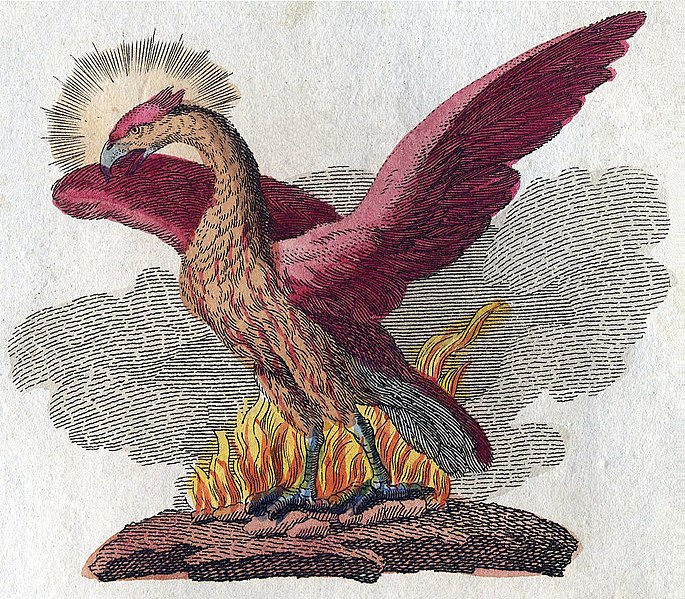
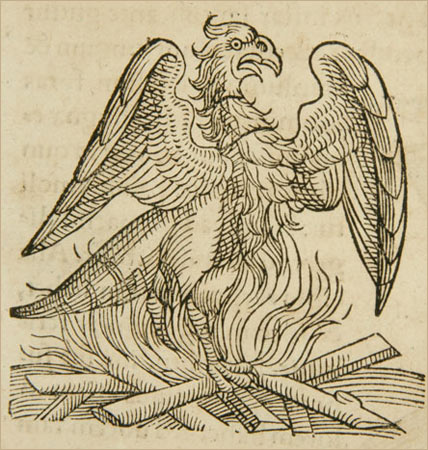
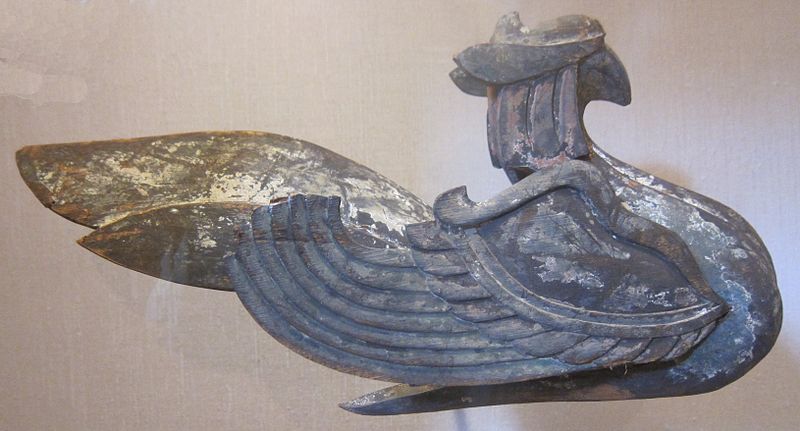
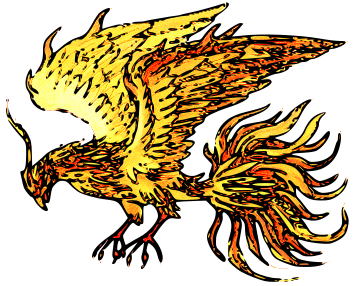

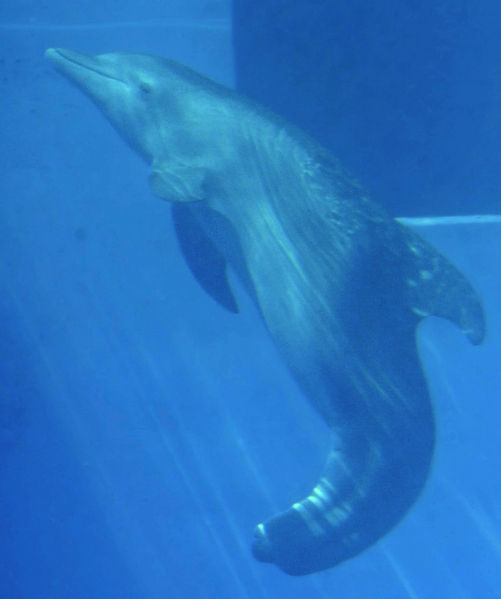
.jpg)

_(8783448529).jpg/800px-Blue_Horizons_(Dolphin_Stadium)_(8783448529).jpg)


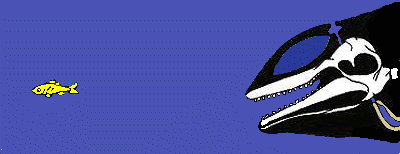




_NOAA.jpg/800px-Atlantic_spotted_dolphin_(Stenella_frontalis)_NOAA.jpg)
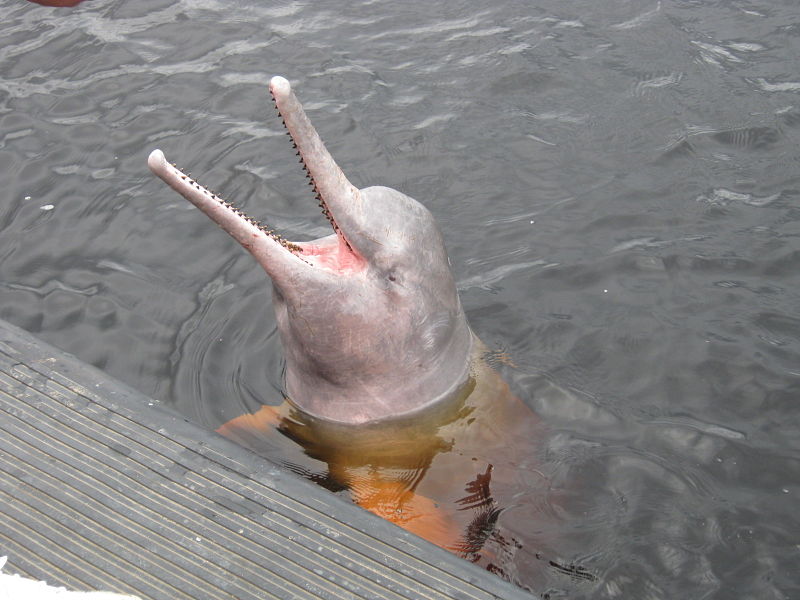

.jpg/800px-Orcas_%26_humpbacks_(3730256151).jpg)


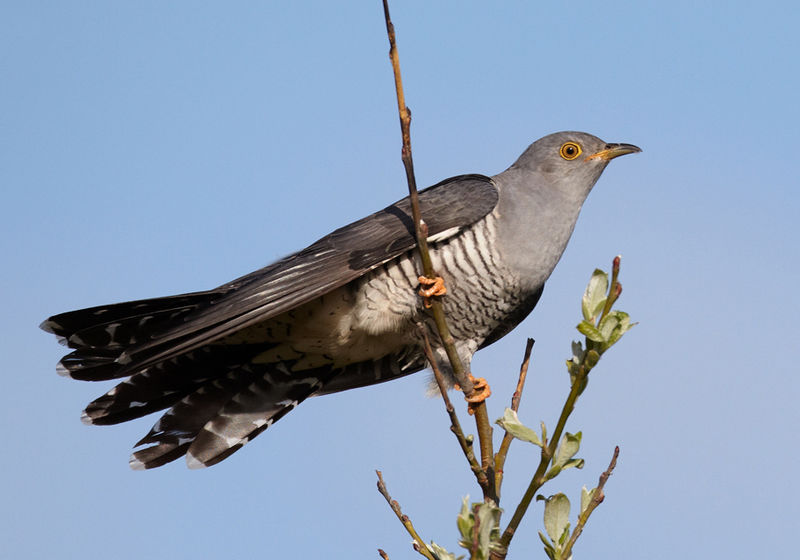

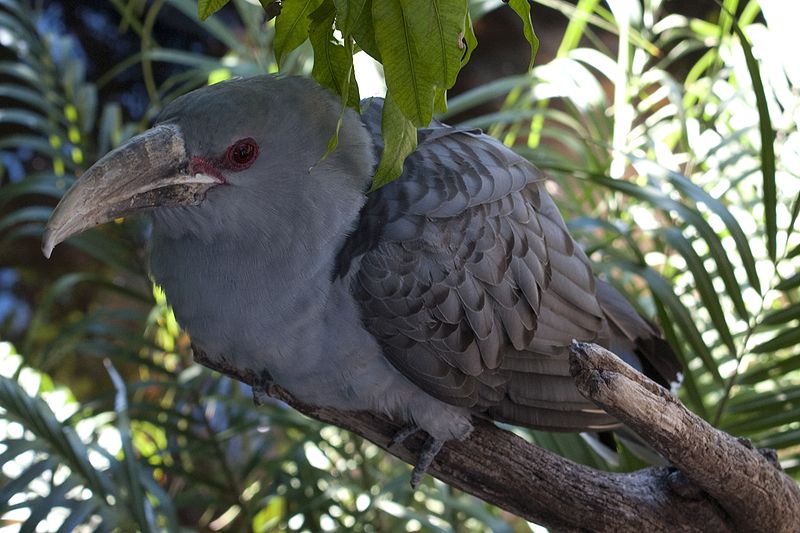
_-_Weltvogelpark_Walsrode_2013-01.jpg/800px-Coua_caerulea_(Blauer_Seidenkuckuck_-_Blue_Coua)_-_Weltvogelpark_Walsrode_2013-01.jpg)
_-_12938113005.jpg/800px-Greater_roadrunner_(Geococcyx_californianus)_-_12938113005.jpg)
_-_12937890555.jpg/800px-Greater_roadrunner_(Geococcyx_californianus)_-_12937890555.jpg)
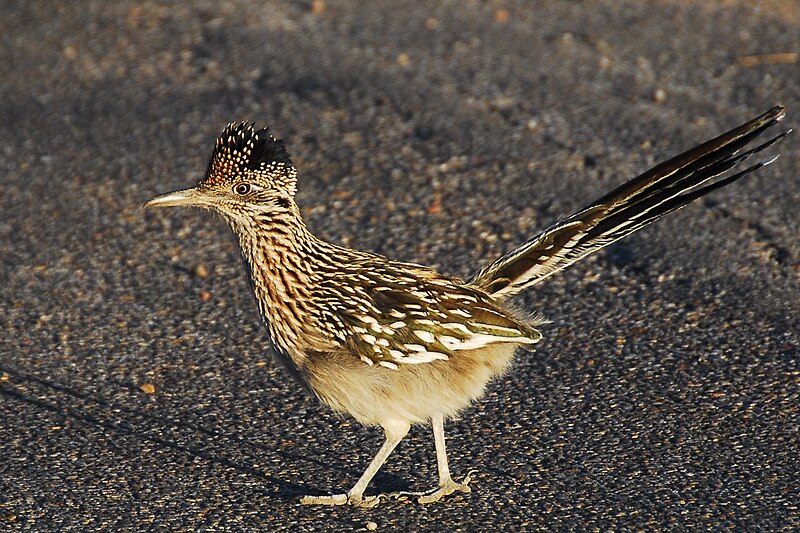
_(3399096675).jpg/800px-Greater_Roadrunner_(Geococcyx_californianus)_(3399096675).jpg)
